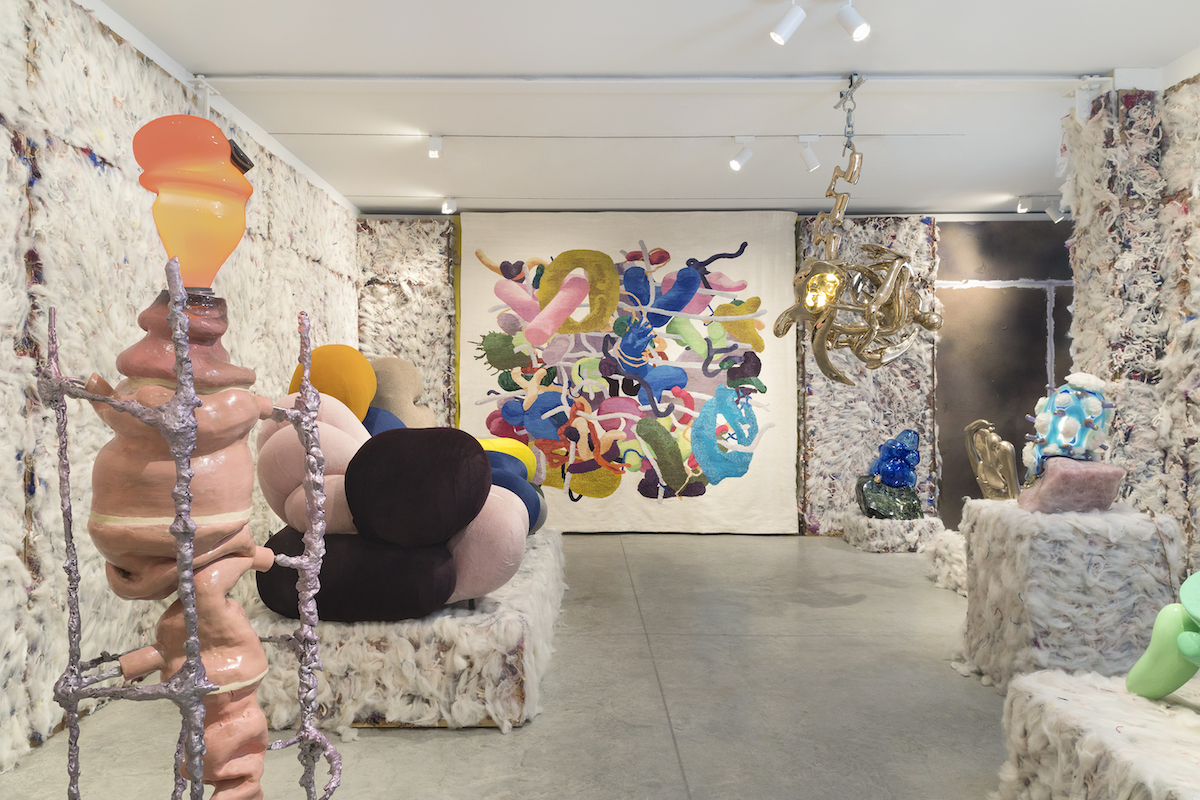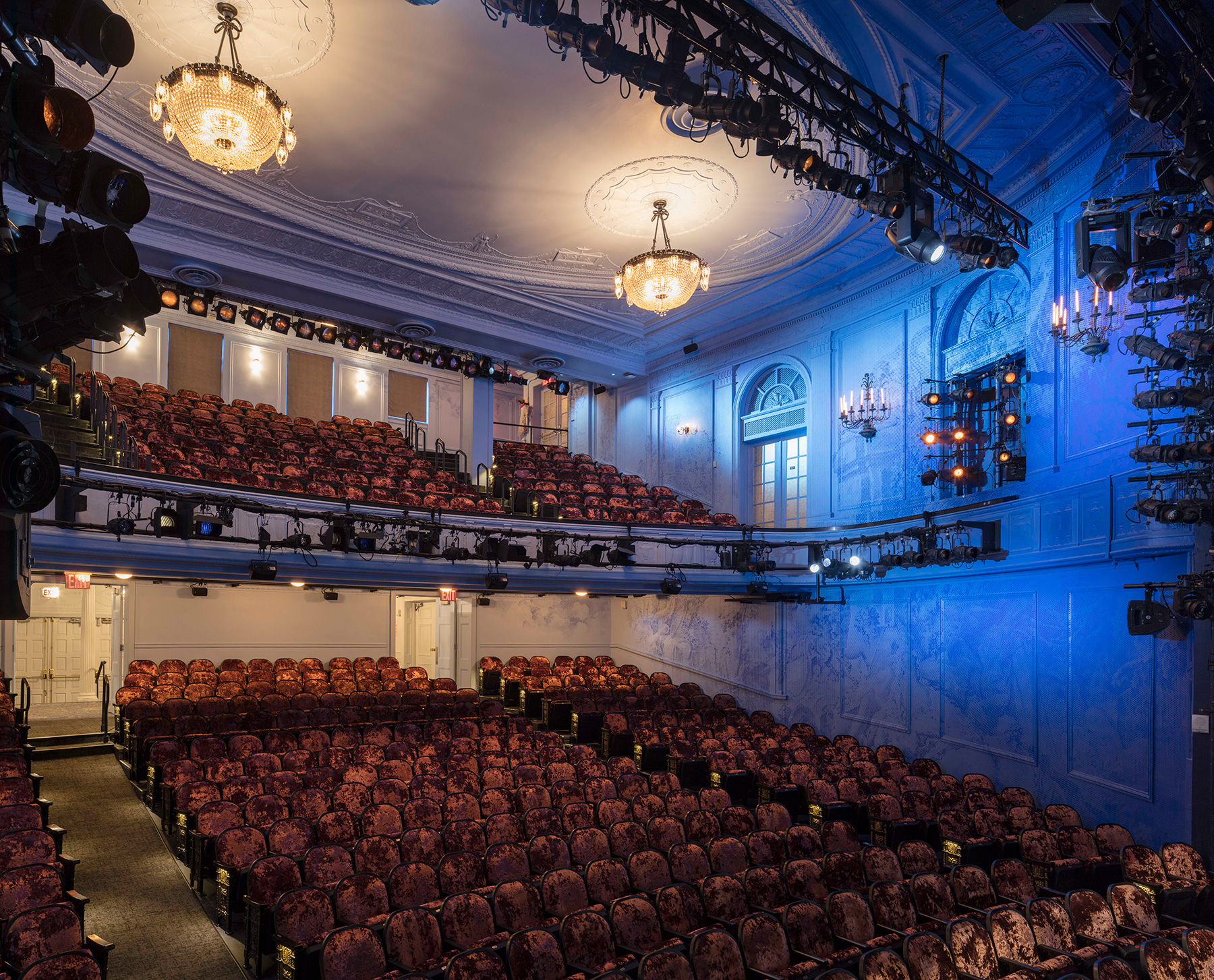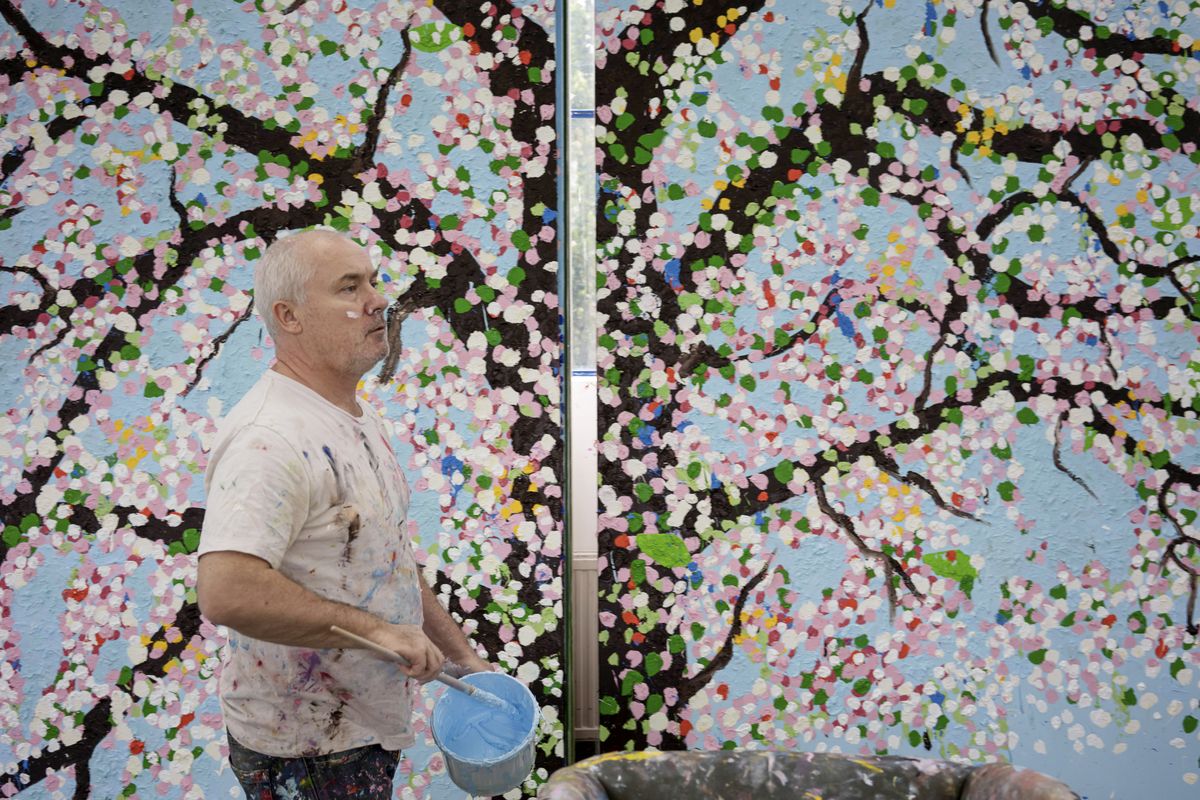As the novel coronavirus spreads, the cultural sector has slowed to a halt: Museums and galleries are shuttered in many countries, and fairs and festivals have been canceled. At the advice of experts, people are hunkering down to self-quarantine and practice social distancing. The situation is evolving quickly, a new reality is being forced upon us, and fields like architecture and painting can seem trivial. And yet, at moments of such isolation and crisis, art, design, and performance can offer powerful means of connection—and a welcome escape from the disorienting present. With exhibitions and concerts called off, our editors survey five low-risk ways to experience culture—from an Instagram interview with Damien Hirst to a behind-the-scenes look at how Marine Serre upcycles textiles, and more.
Quarantine Culture: 5 Ways to Experience Design and Art Without Leaving Your Home
Friedman Benda’s brand-new lecture series, virtual New York architecture tours with Michael Kimmelman, an action-packed roster of scholarly programming from Harvard Graduate School of Design, and more.
BY RYAN WADDOUPS
April 20, 2020

Friedman Benda: Design in Dialogue
In light of the physical closures caused by the coronavirus, galleries have been racing to offer online programming and virtual viewing rooms to keep their followers sated. Friedman Benda launched Design in Dialogue, a series of online interviews hosted by design curator and historian Glenn Adamson, who chats with an impressive lineup of designers, makers, critics, and curators on Zoom for nearly an hour. The series kicked off with the irreverent Brooklyn-based designer Misha Kahn, who was showing brand-new work at Friedman Benda when the gallery closed, and followed with like-minded designer Chris Schanck, curator Zoë Ryan, designer-entrepreneur Faye Toogood, and designer Humberto Campana; future guests will include Najla El Zein, OrtaMiklos, and Ron Arad. For the duration of the lockdown, Design in Dialogue will convene three times a week on Mondays, Wednesdays, and Fridays, with plans to continue post-quarantine.
Marine Serre: Regenerated
Shortly after Marine Serre debuted her Fall/Winter 2019 collection, the LVMH Prize–winning fashion designer launched Regenerated, a video series that provides a behind-the-scenes look at how the sustainability-minded brand upcycles discarded textiles into entirely new garments. Regenerated continues for Spring/Summer 2020, offering detailed footage at how old denim, bedsheets, and silk scarves were masterfully transformed into the brand’s crescent-adorned creations. The videos eschew dialogue for stitched-together snippets of close-ups that capture the intricate processes in their entirety, from the unpacking of plastic bags and snipping of denim samples to the ambient humming of sewing machines. Aside from shedding light on the mesmerizing ways that fashion designers treat textiles, Regenerated verges on ASMR; watch with a good pair of headphones for the full effect.

Michael Kimmelman’s Virtual Architecture Tours
For well over a month, the coronavirus has caused New York City to officially hit “pause.” Those like me who are fueled by the crowded subway cars, the cacophonous chorus of car horns, and the picturesque views of historic buildings are undoubtedly feeling stir-crazy inside their cramped apartments. Luckily, before the shutdown escalated into a full-on shelter-in-place, New York Times architecture critic Michael Kimmelman invited a few notable New Yorkers to give guided architecture tours of meaningful places around the city. He saunters around Broadway’s now-darkened theaters with the Tony Award–winning set designer David Rockwell; examines the East River waterfront with renowned architect Deborah Berke; and moseys down the tony Museum Mile with architectural historian Andrew Dolkart. Kimmelman writes that the tours, which are meant to be consumed virtually for the time being, “are devised to distract readers and remind everyone that the city is still what it always has been, a glory and a rock.” The fascinating historical tidbits that surface on each tour are proof positive.

Damien Hirst: On the Psychiatrist’s Couch
Damien Hirst, who’s currently on lockdown just like the rest of us, decided to pause his latest series of cherry blossom paintings to answer his fans’ most burning questions on Instagram. The famed British artist asked his 678,000 followers to send him curveballs that touch upon his three-decade career, most controversial artworks, and personal life, with delightfully candid results. Expect little-known details such as how many diamonds are embedded in For the Love of God (a platinum cast of an 18th-century human skull), the projects he still hasn’t been able to get off the ground, and his friendship with the late fashion designer Alexander McQueen. The four-part video series, which runs for nearly an hour, can be viewed in full on his Instagram.

Harvard GSD’s Virtual Public Lectures
As schools across the world transition to remote learning, Harvard Graduate School of Design has been hosting a series of virtual programs that encompass conversations, webinars, film screenings, and Zoom lectures to keep the public engaged with leading minds across the fields of architecture, urbanism, and design. While some of the upcoming events are digital adaptations of major programs initially planned for on-campus this spring, such as the annual Aga Khan Program Lecture, many others were newly envisioned specifically with remote engagement in mind. This week, assistant professor of landscape architecture David Moreno Mateos will speak about the long-term restoration of ecosystems degraded by human development, and arts professor David Joselit reveals his insight into new models of museums that have become alternatives to the “Encyclopedic Museums” in places like London, Paris, and Vienna. (He cites the National Gallery Singapore, the Zeitz Museum of Contemporary Art Africa, M+ Hong Kong, and the Louvre Abu Dhabi as examples.) See more upcoming events here, and make sure to register in advance (for security reasons).
